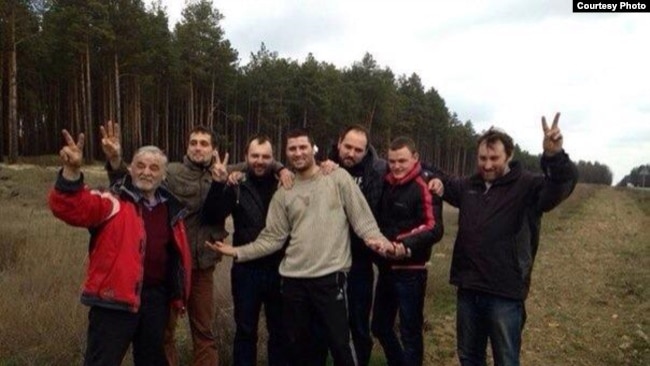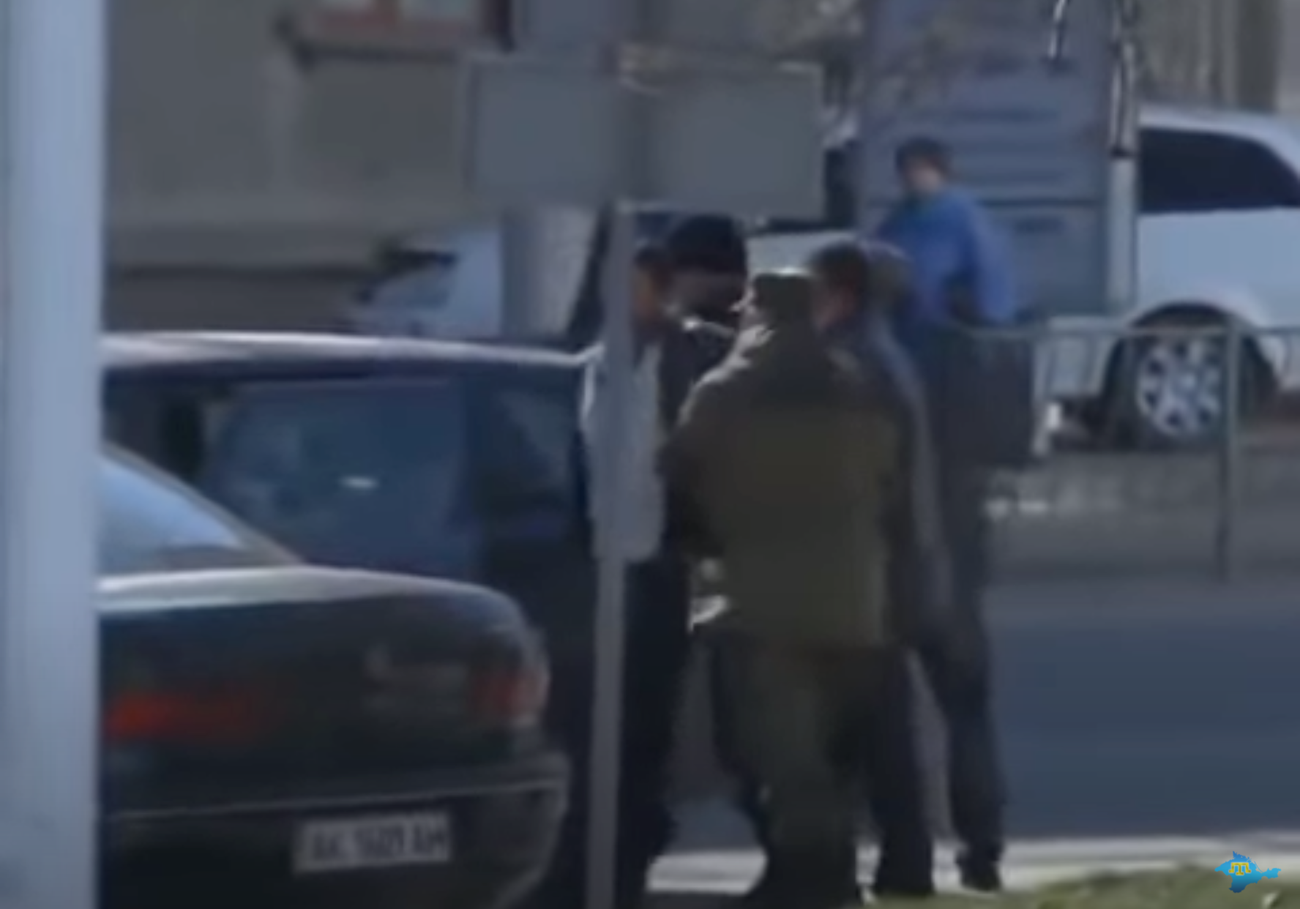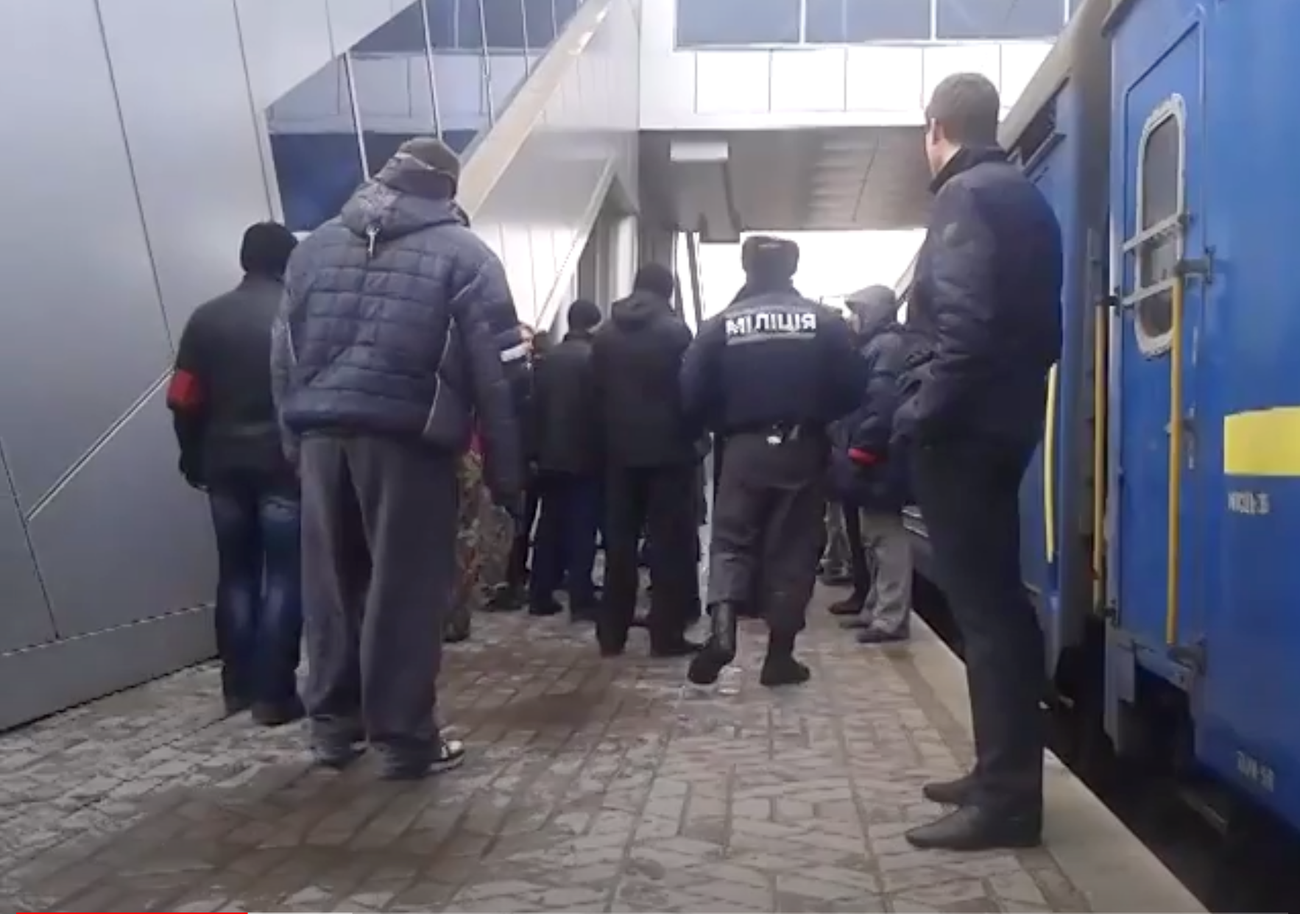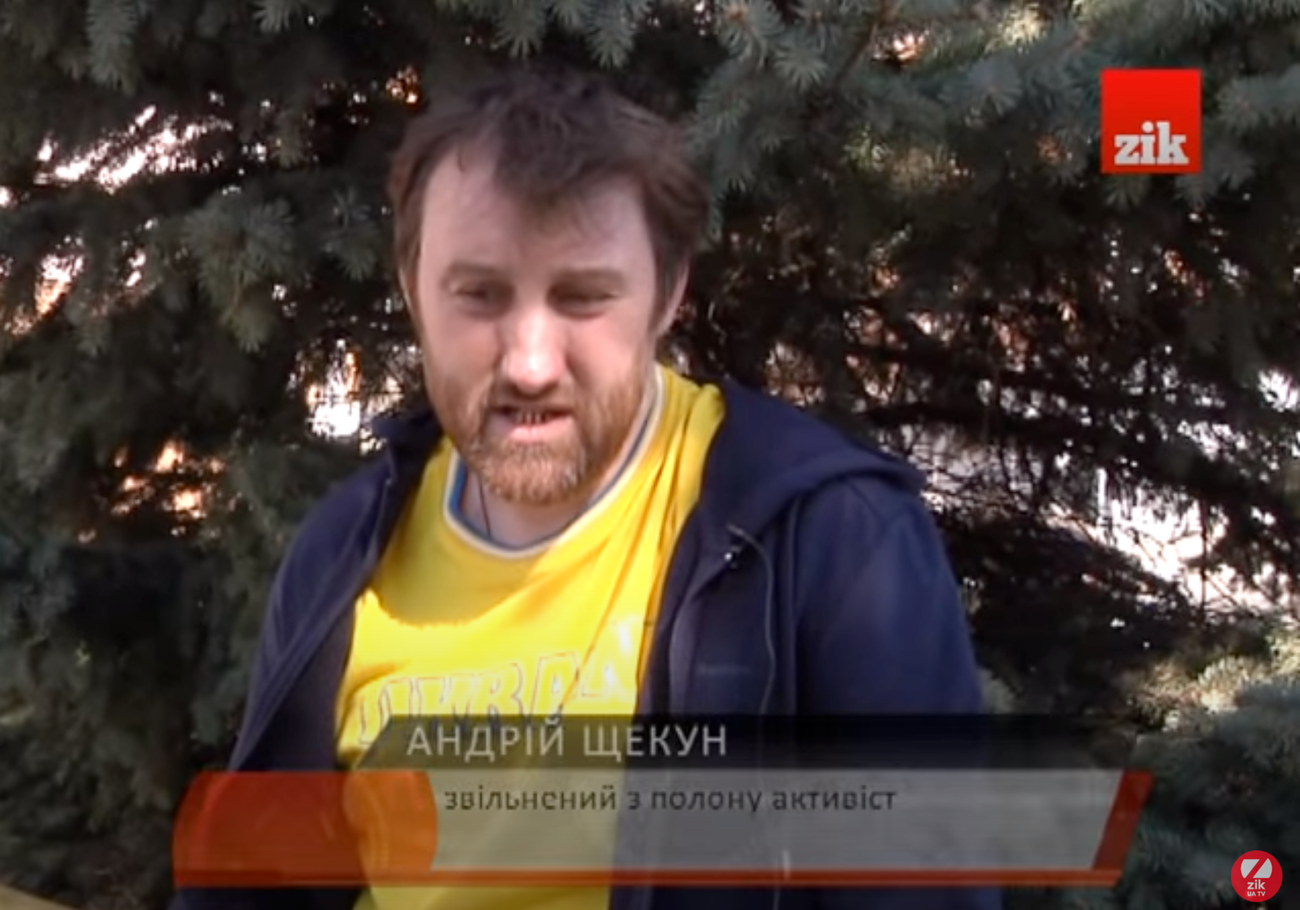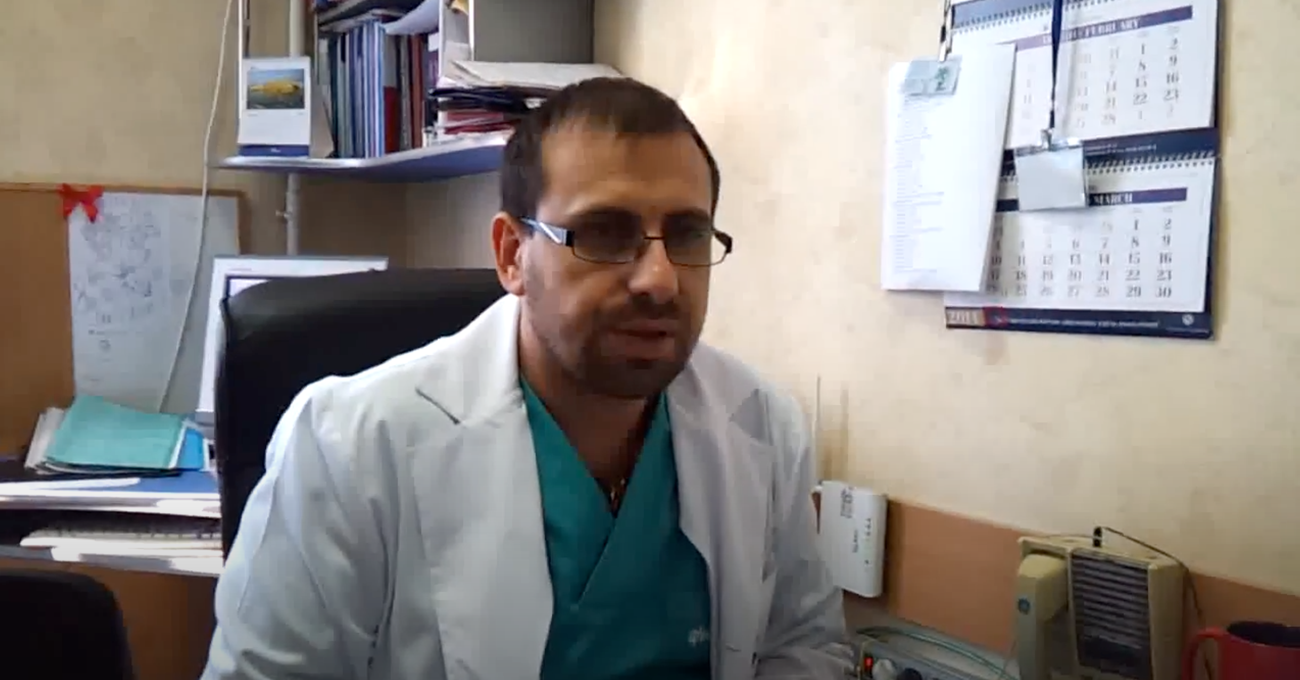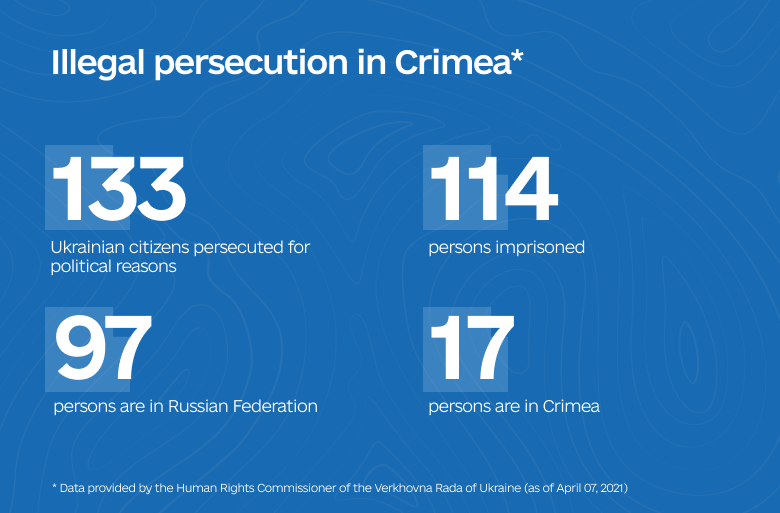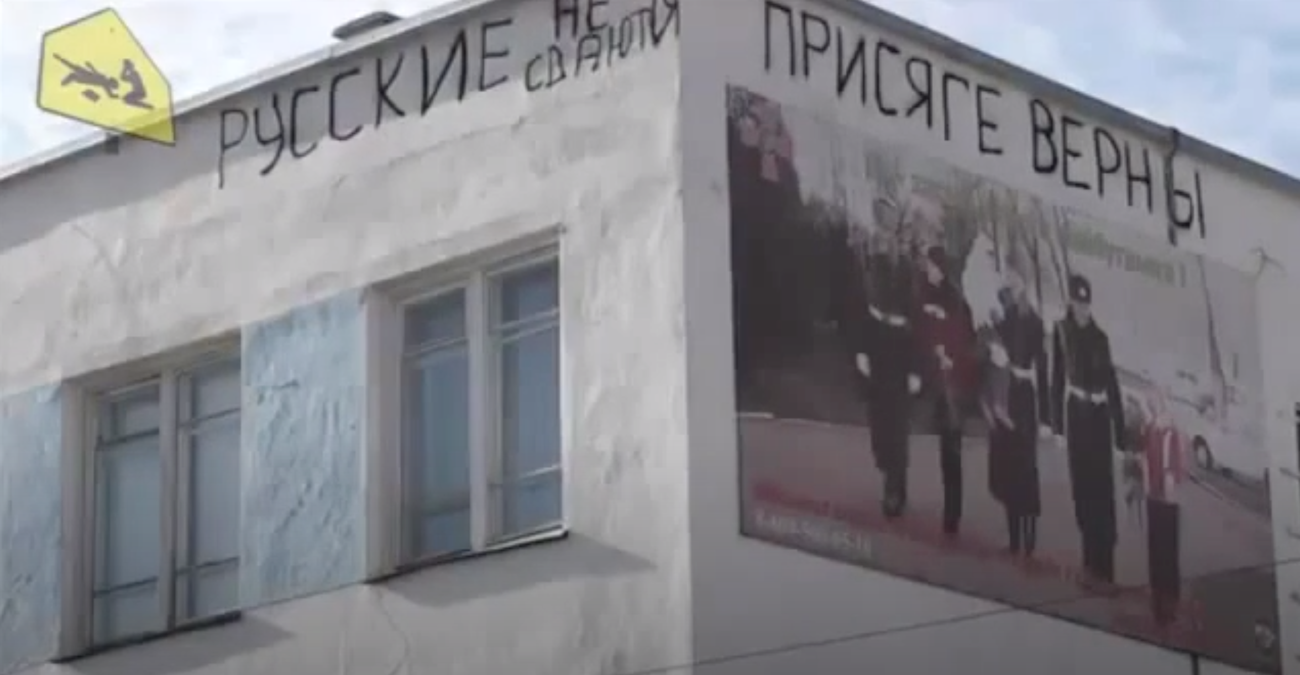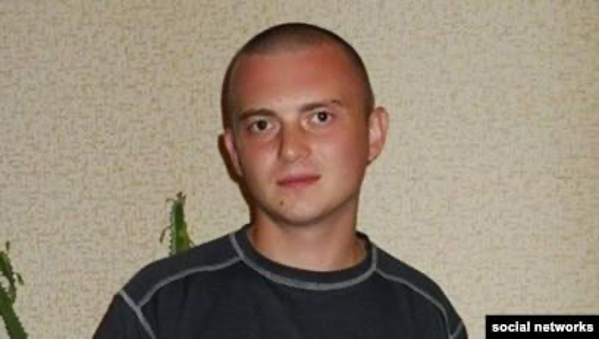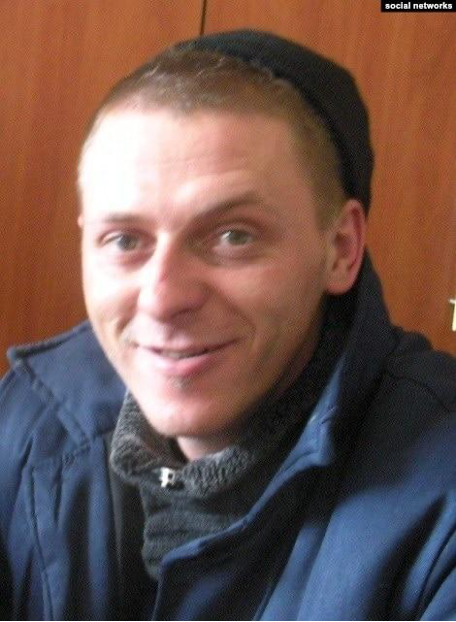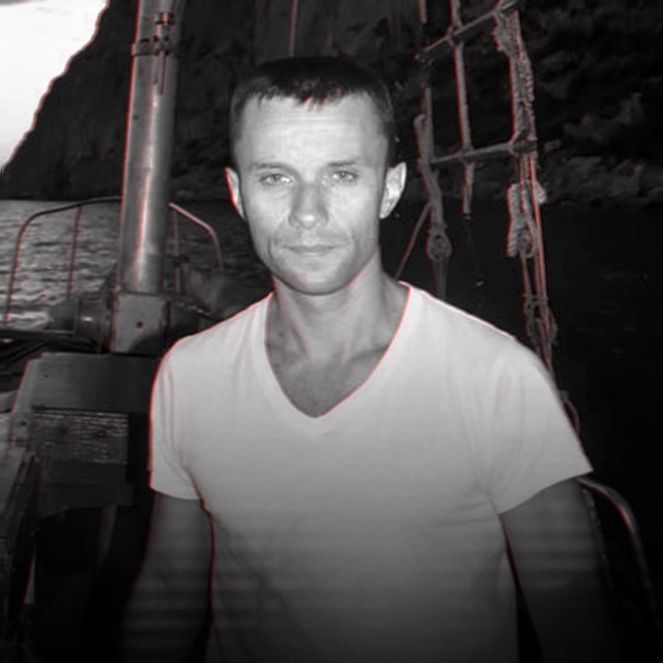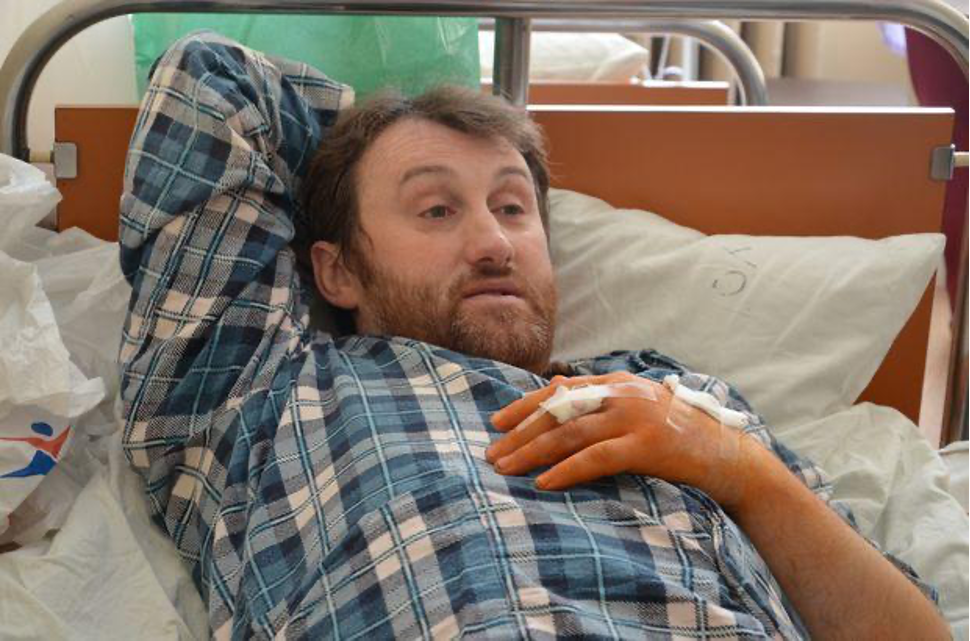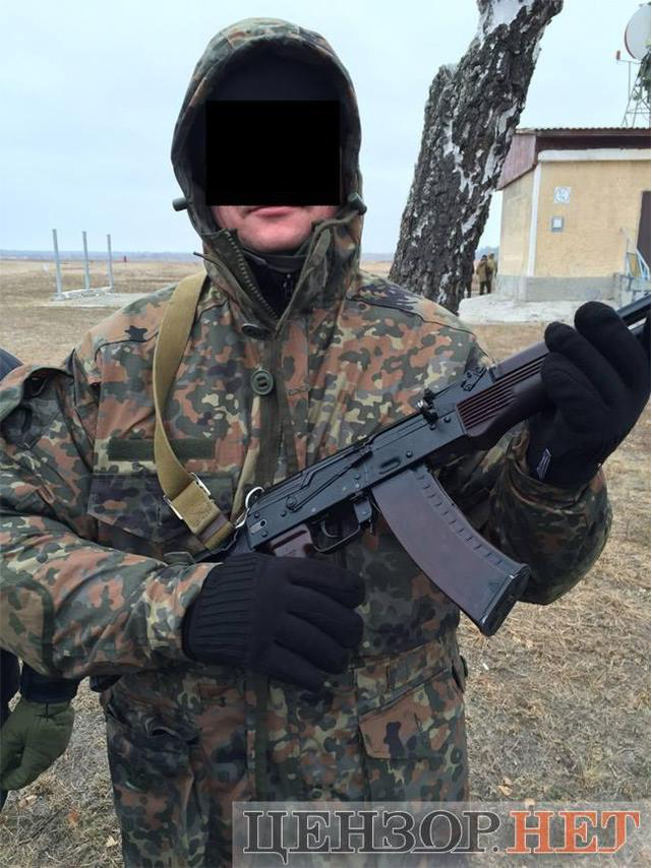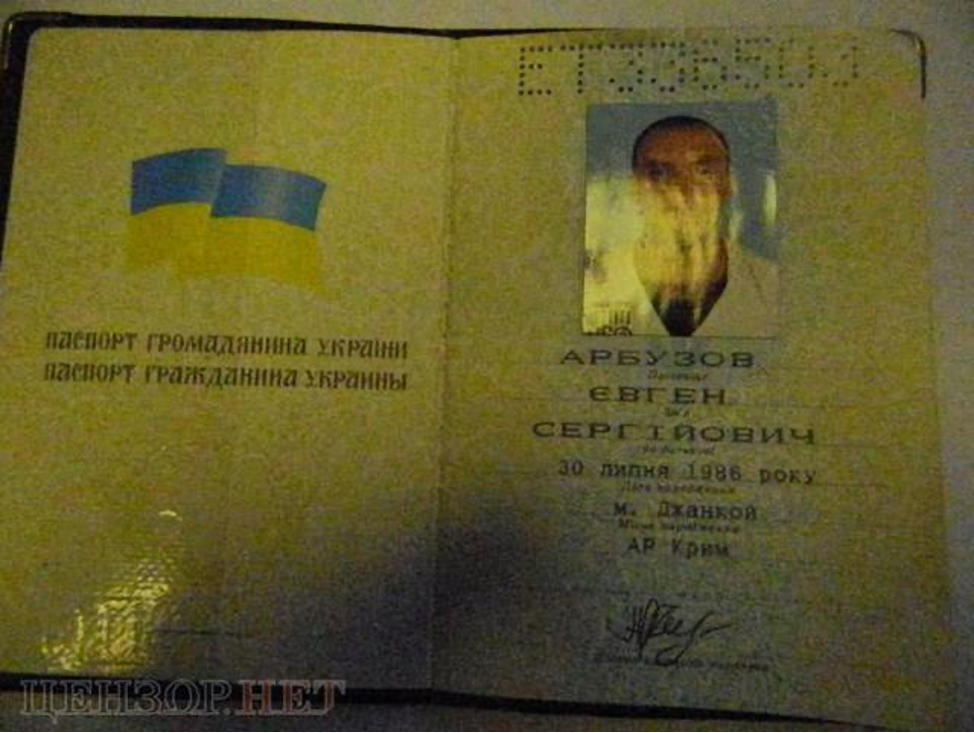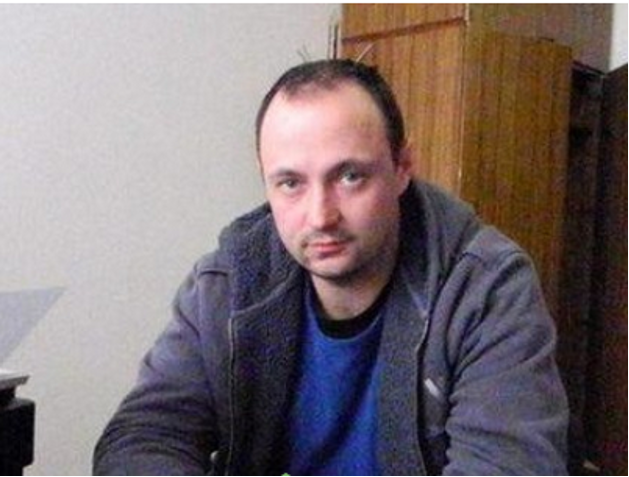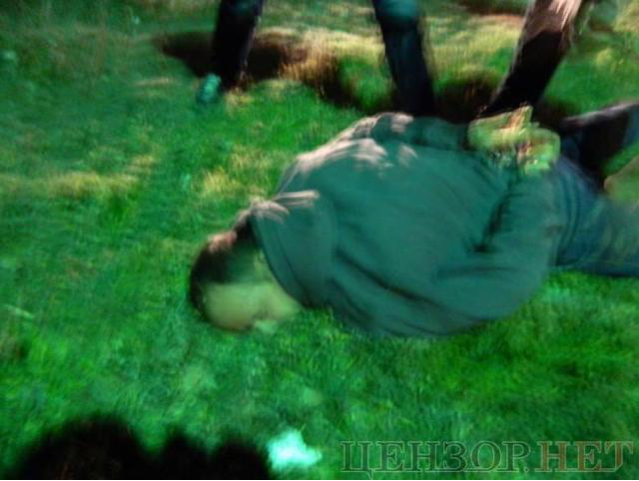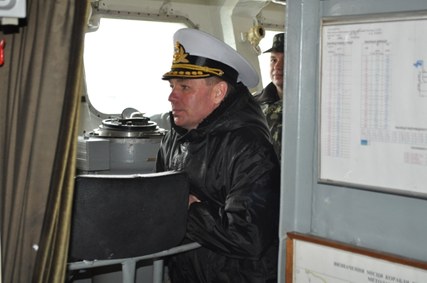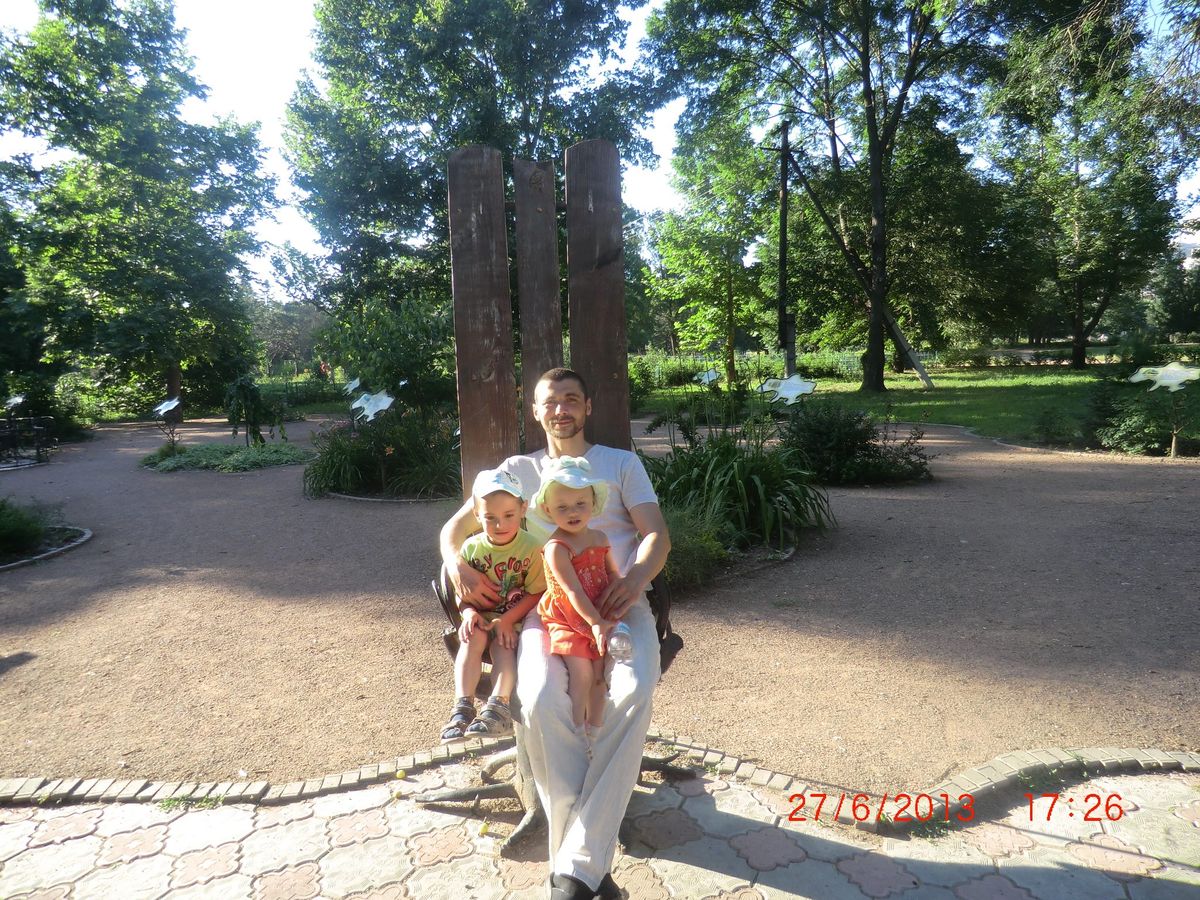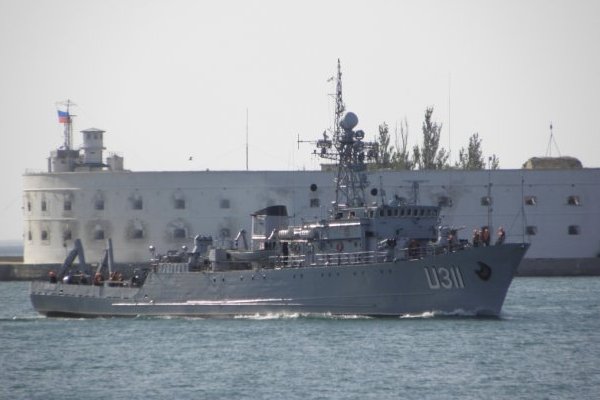Some of those who demonstrated a clear civic stance were forced to leave their homes and flee Crimea under pressure and threats from the occupiers and their accomplices. On 03/10/2014 in Balaklava, a group of people wearing the "Russian Bloc" armbands (probably the so-called "battalion Russian Bloc") burst into the apartment of a 63-year-old Euromaidan activist and scholar Ihor Kiryushchenko, who took part in the occupation resistance rally on 03/09/2014 in Sevastopol, and made him flee the peninsula. On 09/15/2014 in Sevastopol, "self-defense" militia kidnapped Mykola Kvich, the priest of the Dormition of the Theotokos parish of Sevastopol, chief military chaplain of the Crimean Exarchate of the Ukrainian Greek Catholic Church, right at the time of the service. He was subjected to physical violence, while the occupation authorities threatened to instigate his prosecution. After his release, the priest had to leave Crimea.
The fate of some Ukrainian patriots was especially tragic. On 03/07/2014 in Simferopol, Euromaidan activists, residents of Rivne, Valery Vashchuk and Ivan Bondarets, who came to Crimea from Kyiv to support the resistance to the occupation, vanished without a trace. On 03/15/2014 in Sevastopol, people in police uniform took the pro-Ukrainian activist, ex-SBU officer Vasyl Chernysh out of his apartment; the man is still missing. On 03/17/2014, Valid Abu Yusuf (aka Sergei Selentsov – an ethnic Russian who converted to Islam) went missing in Crimea.
On 03/09/2014 in Sevastopol, militants of the illegal paramilitary "Russian Bloc battalion" seized the participants of the Revolution of Dignity who had been earlier noticed at the rallies of resistance to the occupation in the Taras Shevchenko park. Participants of the rally were attacked and some of them ended up in hospital. Under the assault, Mykola Shyptur shot several rounds blindly in an attempt to break away from the pro-Russian militants. Vladyslav Polishchuk and Serhiy Tkachuk were beaten but released a few days later. Olga Chernyatynska was also set free.
In March 2014, many actively patriotic Ukrainian citizens were kidnapped, arrested, tortured and interrogated. Their life and health were under material threat. On the morning of 03/09/2014 militants of the so-called "Crimean self-defense" seized the co-coordinator of the Euromaidan-Crimea movement Andriy Shchekun and an activist of the Euromaidan-Crimea movement, ex-head of the Republican Forestry Committee of the Autonomous Republic of Crimea Anatoly Kovalsky at the Simferopol railway station. They were held at the transport police precinct at the railway station, then moved to the basement of the central military commissariat in Simferopol that had been converted into a prison. They were kept blindfolded all the time, they were stripped naked and beaten at the first interrogation. In addition, Shchekun was tortured with electricity, the tormentors also used non-lethal weapons to shoot at his legs and arms (the surgeon later retrieved two bullets from his arm). The hostages testified that they were interrogated by Crimean collaborators and the Russian special forces operatives.
On 03/11/2014 in the center of Simferopol, persons with truncheons, who introduced themselves as "guys from Rostov", searched Mykhailo Vdovchenko, found a Ukrainian flag and took him to the office of the Russian Unity party. The Euromaidan activist was beaten and interrogated there, and later sent to the same basement of the military commissariat, where he was subjected to torture, psychological pressure and interrogations for several days.
On 03/14/2014 Automaidan activists Oleksiy Hrytsenko, Natalya Lukyanenko and Serhiy Suprun were delivering humanitarian aid to the blocked Ukrainian military bases in Crimea, their car was chased by several cars, fired at with automatic weapons and then seized. The Ukrainians were beaten and thrown into the basement prison where the men were tortured. The day after, Oleksiy Hrytsenko was taken to Sevastopol for several days of interrogation. Serhiy Suprun was held in Simferopol for more tortures. Yaroslav Pilunsky and Yuri Gruzinov, cameramen of the Babylon’13 group, were also kidnapped on 03/16/2014.
In mid-March 2014, more Ukrainian civilians were captured. In the same basement of the ARC military commissariat, activist Maksym Kryvydenko and Yuri Shevchenko, resident of Pavlohrad who were detained in Simferopol by accident, were tortured. Shevchenko got shot into both legs (later the surgeon removed a 9-mm rubber bullet from the right popliteal plane), and part of his ear was cut off.
 Chonhar peninsula, Henicheskyi Raion of Kherson Oblast
Chonhar peninsula, Henicheskyi Raion of Kherson Oblast
 2014-03-20
2014-03-20
